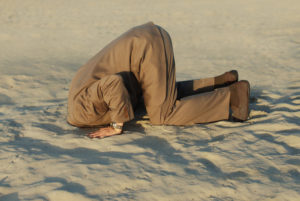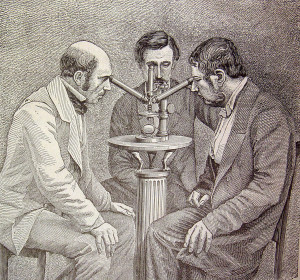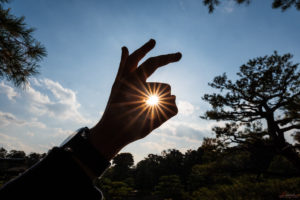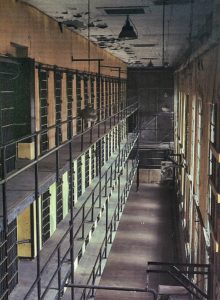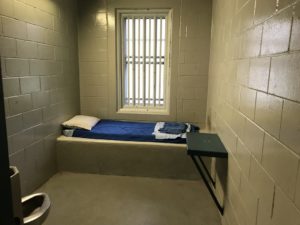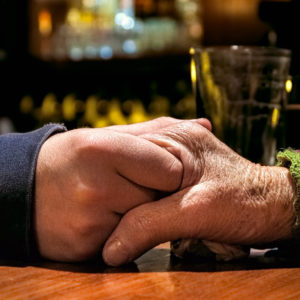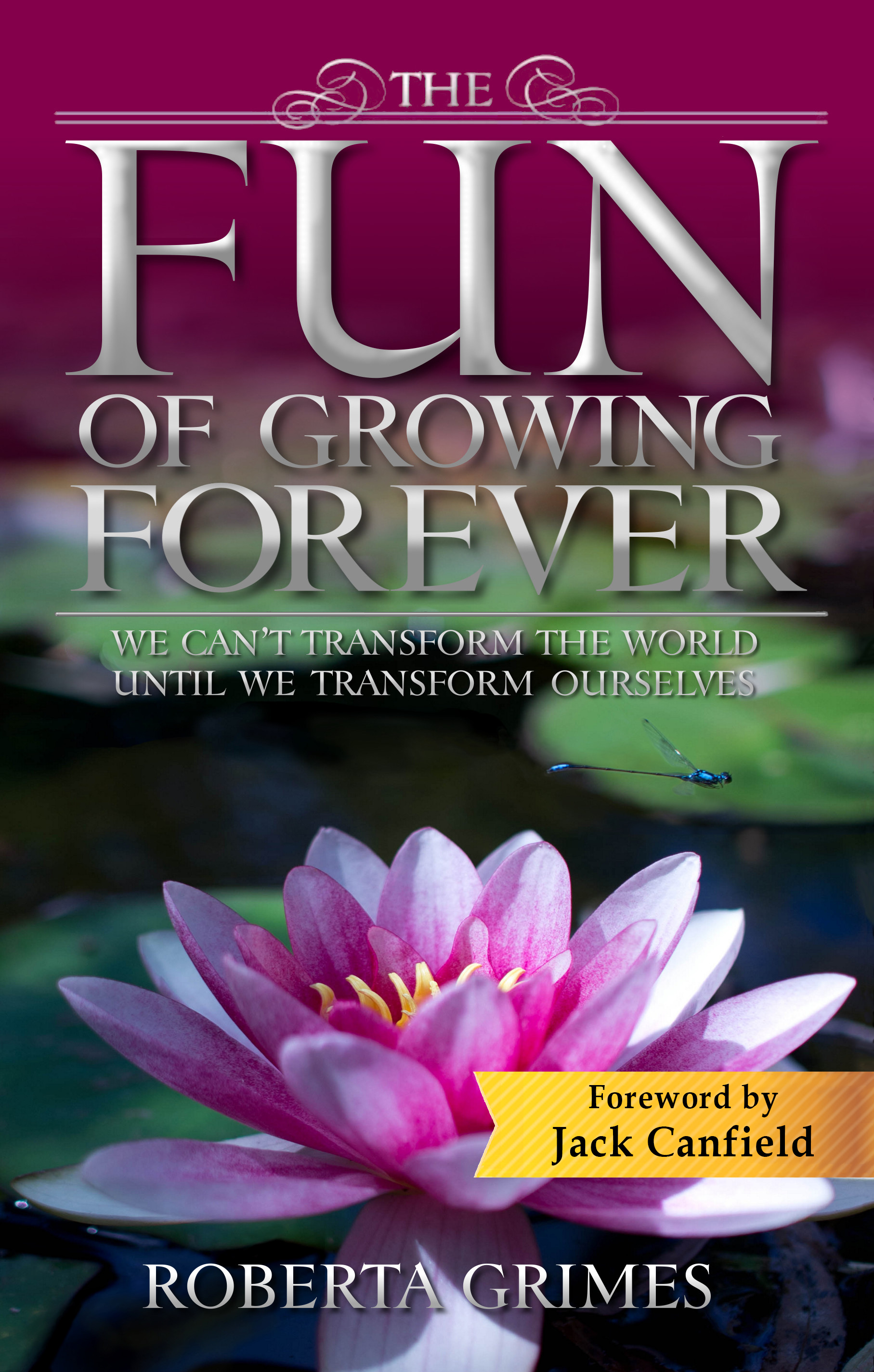So God created mankind in His own image;
In His own image God created them;
Male and female He created them.
God blessed the humans by saying to them,
“Be fruitful, multiply, fill the earth, and subdue it!”
– (Gen 1:27-28) Ascribed to the Prophet Moses (?-1273 BC)
 For all of human history our religions have called us guilty and unworthy, our governments have treated us as basically evil, and our sciences have told us we were sacks of cells about to face oblivion. We always have fought these characterizations, but we haven’t fought them very hard. You and I had no present inclination to become thieves and axe-murders, true enough; but given the consensus view of humankind among those in authority – and especially given all the evidence in our daily news and in history books that some people must be evil incarnate! – we have on the whole accepted these expert views that we are in need of restraint. After all, until very recently we had no other source of information.
For all of human history our religions have called us guilty and unworthy, our governments have treated us as basically evil, and our sciences have told us we were sacks of cells about to face oblivion. We always have fought these characterizations, but we haven’t fought them very hard. You and I had no present inclination to become thieves and axe-murders, true enough; but given the consensus view of humankind among those in authority – and especially given all the evidence in our daily news and in history books that some people must be evil incarnate! – we have on the whole accepted these expert views that we are in need of restraint. After all, until very recently we had no other source of information.
To my mind, the most important result to come from our decades of open-minded and broad-based research into the greater reality is that now we have independent evidence of who and what we really are. And what seems to be more and more certain now is that humankind is not only made in the image of God, but humankind is the very center and the crowning height of all creation, and the sole reason why this universe exists. The truth is so much the opposite of what we have been taught to believe that it may be hard for you to grasp it at first. But please try to get your mind around what is the most perfectly glorious fact!
 The reason why there is so much evil is that all the negativity piled upon us by our religions and our governments has drastically depressed the consciousness vibrations of all of humankind. It is as if our most trusted institutions have chosen to pile rocks on our heads to weigh us down and make us more amenable to being subjugated by human leaders. In point of fact, we have discovered that when we free individuals insofar as we can free them from all this awful negativity, each of them begins to rise toward love as a bubble in water rises toward the light.
The reason why there is so much evil is that all the negativity piled upon us by our religions and our governments has drastically depressed the consciousness vibrations of all of humankind. It is as if our most trusted institutions have chosen to pile rocks on our heads to weigh us down and make us more amenable to being subjugated by human leaders. In point of fact, we have discovered that when we free individuals insofar as we can free them from all this awful negativity, each of them begins to rise toward love as a bubble in water rises toward the light.
What we will say here is closely built on what we said last week, so please re-read that post before you tackle more of this one. Then please suspend your disbelief enough to entertain the possibility that our institutions have been wrong about humanity all along.
The evidence being developed by those who objectively study the greater reality is that:
- What we dimly experience as human consciousness is the base creative force that continuously manifests this universe, a force of which each of our minds is an integral part.
- The infinitely powerful entity wielding this force is a Collective of Perfected Beings, some or all of Whom once lived on earth.
- The universe exists as a place that can offer sufficient negativity to enable conscious beings early in their development to rise in vibration enough for them to continue their development in the astral plane, which is humankind’s eternal home.
These three facts are demonstrably true, and they obliterate all religious, governmental, and scientific notions about what is going on. Just making sense of these facts and watching them as together they manifest our reality helps us explain so many things! Human beings are the reason why this universe exists, and it is quite literally designed for our benefit. Only when we are able to understand and accept that certain fact can any of what we are learning now make much sense! Let’s look at how this universe manifests according to the points given above.
CREATION
No-time and no-space turns out to be reality’s default condition. In most of reality we can choose to experience earth-time or some other kind of time, but time is optional. The only place of which we are aware where objective time and space exist is in this material universe, and we know this universe encompasses less than five percent of what demonstrably exists. So in the greater reality – which is to say, in nearly all of reality – there is no objective space or time, which fact requires us to rethink everything! For example, here are some relevant implications of the lack of time when we seek to understand creation:
reality we can choose to experience earth-time or some other kind of time, but time is optional. The only place of which we are aware where objective time and space exist is in this material universe, and we know this universe encompasses less than five percent of what demonstrably exists. So in the greater reality – which is to say, in nearly all of reality – there is no objective space or time, which fact requires us to rethink everything! For example, here are some relevant implications of the lack of time when we seek to understand creation:
- If something ever exists, then it always exists. Without time, there is no “before” and no “after.”
- So creation cannot have happened as we imagine it. The very notion of creation requires a timeline that moves from nothing to something.
- There is only Now. Of course, how Now works when people in the greater reality seem to lead happy timeless lives is hard for us to get our minds around!
How could the universe have come into being in the first place, and what keeps it going? The universe’s embedded time will let us notice the fact that it continues, but what is it that keeps time going, when the action of time is not a default condition? There seems to be just one explanation for how creation happens, and it is a doozy! Creation is an ongoing series of Nows. Last week we likened it to a film strip in which each Now is a present moment that includes its own constructed past. Without time in the greater reality, there cannot of course be an actual past; but in the ongoing creation of a material universe which includes objective time as a characteristic, a memory of a constructed past and its effects can readily be built into each sliver of Now and changed according to humanity’s changing needs.
… AND THEN WE COME ALONG
 It is likely that no universe existed before the advent in it of humankind. We live as eternal beings in the timeless and spaceless Now of the vast, non-material astral plane; and for reasons that we can only guess, a need for us to better develop spiritually led to the creation of a material universe that was almost certainly at first quite primitive. Why bother to create an elaborate past that includes a Big Bang, evolution, and galaxies of stars for people who were busy hunting and seldom lived past the age of thirty? At first, what we now call the universe didn’t need to be more than one planet with its associated atmosphere. And it needed the following characteristics:
It is likely that no universe existed before the advent in it of humankind. We live as eternal beings in the timeless and spaceless Now of the vast, non-material astral plane; and for reasons that we can only guess, a need for us to better develop spiritually led to the creation of a material universe that was almost certainly at first quite primitive. Why bother to create an elaborate past that includes a Big Bang, evolution, and galaxies of stars for people who were busy hunting and seldom lived past the age of thirty? At first, what we now call the universe didn’t need to be more than one planet with its associated atmosphere. And it needed the following characteristics:
- An artificial physics. In the astral plane our minds are powerful. We can manipulate our surroundings by mind alone. If this universe is to be a suitable school for us, it needs a math- and particles-based physics that our minds cannot so easily mess with.
- Sources of negativity. Our nature when we are at home in the astral is entirely love-based. What we need here is a hard world full of challenges that stress our patience, our ability to make wise choices, and our determination to reject fear and anger and always choose love.
- Ignorance on our part of what actually is going on. For nearly all of material time, we have had such limited access to our greater minds while we were in bodies that we have had no way to notice or fathom the notion of anything existing beyond this hard school.
THE CREATOR’S ONGOING CARE FOR US
There is no better evidence of the fact that you and I are the deeply beloved entire reason why this universe exists than the manner in which the Godhead devotedly enriches our material school. As we have become more sophisticated,  we have needed an ever more extensive universe so we never would find a troubling edge to it. Since we were given time as a characteristic of this school, we have needed a history built into each micro-sliver of created Now; and as we grew more sophisticated, so was that history required to expand enough to satisfy us. For a Godhead of Perfected Beings to always remain a step ahead of us is a challenge that will make you smile as you come to better understand what is going on, and as the Godhead’s efforts become more apparent! Even though all of history can be rewritten in a micro-instant of non-time, it still has to take us all the way from an imagined start some billions of imagined years in the past through to the moment when you are reading these words. It also has to show how something arose from nothing. And so far, all that the Godhead is doing is pushing that core problem farther back and building in ever more complexities and endearing little fudges. As you become used to spotting them, you will see what I think of as God’s fudges everywhere! To get you started, here are three:
we have needed an ever more extensive universe so we never would find a troubling edge to it. Since we were given time as a characteristic of this school, we have needed a history built into each micro-sliver of created Now; and as we grew more sophisticated, so was that history required to expand enough to satisfy us. For a Godhead of Perfected Beings to always remain a step ahead of us is a challenge that will make you smile as you come to better understand what is going on, and as the Godhead’s efforts become more apparent! Even though all of history can be rewritten in a micro-instant of non-time, it still has to take us all the way from an imagined start some billions of imagined years in the past through to the moment when you are reading these words. It also has to show how something arose from nothing. And so far, all that the Godhead is doing is pushing that core problem farther back and building in ever more complexities and endearing little fudges. As you become used to spotting them, you will see what I think of as God’s fudges everywhere! To get you started, here are three:
- The origin of the universe. The Godhead can take us farther and farther back, even to before the Big Bang, and It can maintain a stable universe by tweaking what are supposed to be universal constants; but so far the Godhead still has not shown us how matter could arise without the actions of an Un-Caused Cause.
- The origin of life. The problem isn’t just that matter acquires the property of being alive in some manner that remains a scientific mystery, but maintaining life requires some complex structures that could not have been achieved by the random and incremental trial-and-error evolution long assumed by scieniists.
- Evolution. The whole notion of evolution is full of puzzles and gaps that are not much publicized, and the more you study it the more it looks to be rigged primarily for our amusement. I mean, dinosaurs? Rhinoceroses? Orangutans? The Beast of Baluchistan? Modern humans and most other modern species came into existence almost simultaneously just 200,000 years ago, as if the Godhead became bored with giving us all those preliminaries and decided to get down to business.
 Dr. Freeman Dyson (1923-2020) was a somewhat iconoclastic theoretical physicist and mathematician who said in his book, Imagined Worlds, “The laws of Nature are constructed in such a way as to make the universe as interesting as possible.” His insight is precisely right! Material reality is a love-song to us from our precious Elder Brethren.
Dr. Freeman Dyson (1923-2020) was a somewhat iconoclastic theoretical physicist and mathematician who said in his book, Imagined Worlds, “The laws of Nature are constructed in such a way as to make the universe as interesting as possible.” His insight is precisely right! Material reality is a love-song to us from our precious Elder Brethren.
For humankind to ever better understand the truth about what is going on will be essential to our further spiritual development. And the most dangerous obstacle we face in our ongoing effort to seek what is true may surprise you. It is time now for us to deal with what is a rapidly growing problem….
You anoint my head with oil. My cup runs over.
Truly, goodness and love will pursue me all the days of my life,
and I will live in the Lord’s House forever.
– (Psalm 23:5-6) David, Third King of Israel and Judah (1035-970 BC)









